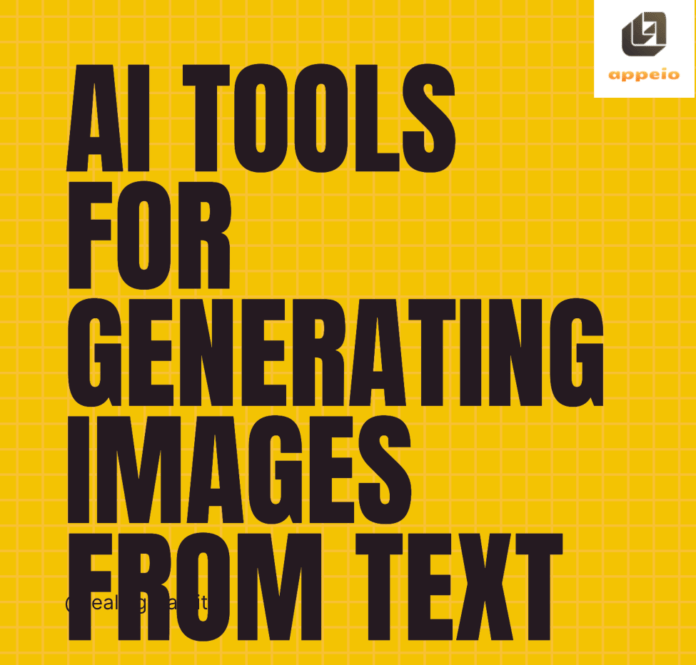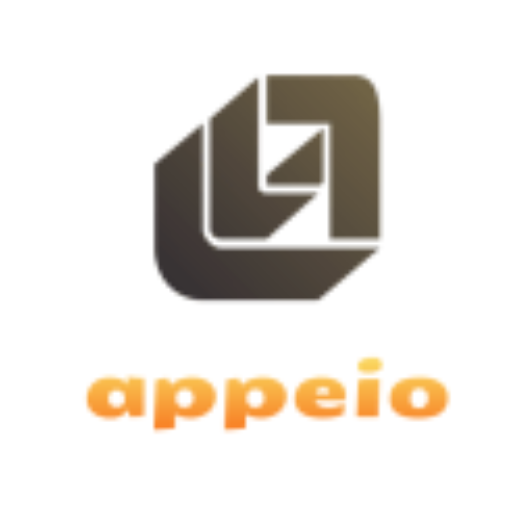The field of artificial intelligence (AI) has witnessed remarkable advancements in recent years, one of which is the ability to generate images from textual descriptions. This technology leverages the power of deep learning and natural language processing to create visual content based on written input. This article delves into the best AI tools available for generating images from text, exploring their capabilities, applications, and future potential.
Leading AI Tools for Image Generation from Text
1. DALL-E by OpenAI
DALL-E, developed by OpenAI, is one of the most well-known AI tools for generating images from text. Named after the surrealist artist Salvador Dalí and Pixar’s WALL-E, DALL-E can create highly detailed and imaginative images from simple textual descriptions. It uses a version of the GPT-3 model and is capable of understanding and generating intricate details, making it a powerful tool for artists, designers, and content creators.
Key Features:
- Generates high-resolution images from complex text descriptions.
- Supports a wide range of styles and subjects.
- Can combine multiple concepts into a single image seamlessly.
Applications:
- Digital art creation.
- Advertising and marketing.
- Concept art for films and video games.
2. MidJourney
MidJourney is another prominent AI tool that has gained popularity for its ability to transform text into images. Known for its user-friendly interface and impressive output quality, MidJourney is widely used by designers and creators looking to generate visuals for various purposes.
Key Features:
- Easy-to-use platform with straightforward text input.
- High-quality, photorealistic images.
- Customizable settings to fine-tune image generation.
Applications:
- Product design.
- Social media content creation.
- Visual storytelling.
3. DeepArt
DeepArt focuses on generating artistic images from text descriptions. It utilizes deep neural networks to interpret textual input and create visually appealing artworks that resemble styles of famous painters or unique artistic expressions.
Key Features:
- Ability to mimic the styles of renowned artists.
- Generates unique, stylized images.
- Suitable for creating personalized art pieces.
Applications:
- Personalized gifts.
- Art installations.
- Educational tools for art history.
4. Artbreeder
Artbreeder allows users to blend and modify existing images or generate new ones from textual prompts. It combines the power of AI with user inputs to create a collaborative image-generation experience.
Key Features:
- Collaborative image editing and generation.
- Ability to mix and match different elements.
- High degree of customization.
Applications:
- Character design for games and animations.
- Portrait generation.
- Creative exploration.
5. ReMaker AI
ReMaker AI is a leading tool that has made significant strides in generating high-quality images from textual descriptions. This tool stands out for its advanced algorithms that enable the creation of detailed and realistic images tailored to specific user inputs.
Key Features:
- Generates photorealistic images with high precision.
- Supports a variety of artistic styles and formats.
- Provides options for editing and refining generated images.
Applications:
- Professional-grade image generation for marketing.
- Custom illustrations for publications.
- Visual content for social media and digital platforms.
How These Tools Work
The underlying technology behind these AI tools involves several key components:
- Natural Language Processing (NLP): This helps the AI understand and interpret the textual description provided by the user.
- Generative Adversarial Networks (GANs): GANs are a class of machine learning frameworks designed to generate new data that mimics a given dataset. They consist of two neural networks, the generator and the discriminator, working in tandem to create realistic images.
- Pre-trained Models: These models have been trained on vast datasets containing images and corresponding descriptions, enabling them to understand and generate accurate visual representations from text.
Applications and Implications
The ability to generate images from text has far-reaching implications across various industries:
- Entertainment and Media: AI-generated images can be used in movies, video games, and virtual reality experiences to create immersive environments and characters.
- Marketing and Advertising: Brands can use these tools to create customized visuals for campaigns, enhancing engagement and creativity.
- Education: AI-generated images can serve as visual aids in educational materials, making learning more interactive and engaging.
- Art and Design: Artists and designers can explore new creative possibilities, using AI to bring their textual concepts to life.
Challenges and Ethical Considerations
While AI tools for generating images from text offer numerous benefits, they also pose certain challenges and ethical considerations:
- Bias and Representation: AI models can sometimes produce biased or inappropriate images based on the training data. Ensuring diversity and fairness in the datasets used for training is crucial.
- Intellectual Property: The ownership of AI-generated images can be contentious. Establishing clear guidelines and policies for intellectual property rights is necessary.
- Quality Control: Ensuring the accuracy and quality of generated images is essential, particularly in applications where precision is critical.
FAQs about AI Image Generation from Text
Q: What is the best AI tool for generating images from text? A: The best tool depends on the specific needs and preferences of the user. DALL-E, MidJourney, DeepArt, Artbreeder, and ReMaker AI are some of the leading options, each offering unique features and capabilities.
Q: How does AI generate images from text? A: AI uses a combination of natural language processing (NLP) to understand the text and generative adversarial networks (GANs) to create images based on the interpreted description.
Q: Can AI-generated images be used commercially? A: Yes, AI-generated images can be used commercially, but it is important to consider intellectual property rights and any terms of use associated with the AI tool being used.
Q: Are there any limitations to AI-generated images? A: Limitations include potential biases in the training data, the quality of the generated images, and the ethical considerations related to representation and intellectual property.
Q: How accurate are AI-generated images? A: The accuracy of AI-generated images depends on the complexity of the text input and the capabilities of the AI tool. Generally, the leading tools produce highly accurate and detailed images.
Q: Can AI tools generate images in different artistic styles? A: Yes, tools like DeepArt are specifically designed to generate images in various artistic styles, including those of famous painters or unique custom styles.
Q: Is it possible to edit AI-generated images? A: Yes, many AI tools, such as Artbreeder, allow users to edit and customize generated images, blending different elements and making adjustments to achieve the desired result.
Conclusion
AI tools for generating images from text represent a significant leap forward in the intersection of technology and creativity. With applications spanning multiple industries and the potential to revolutionize the way we create and consume visual content, these tools are set to play a crucial role in the future of digital art and design. As the technology continues to evolve, addressing challenges and ethical considerations will be vital to harnessing its full potential responsibly.


